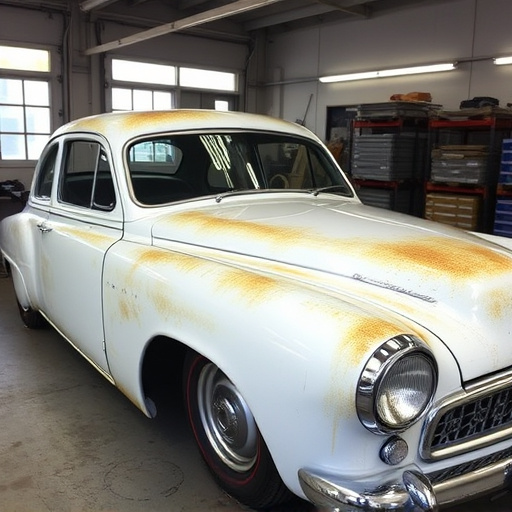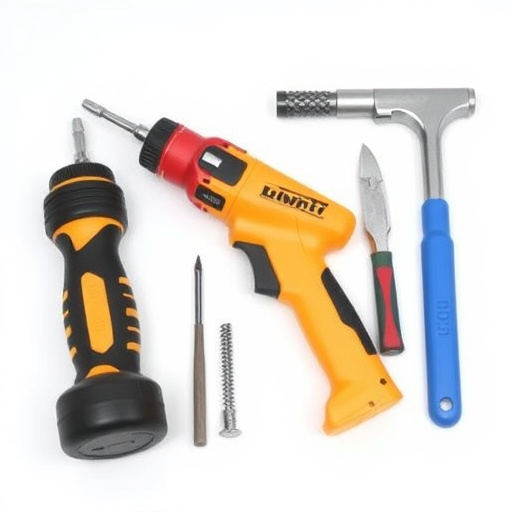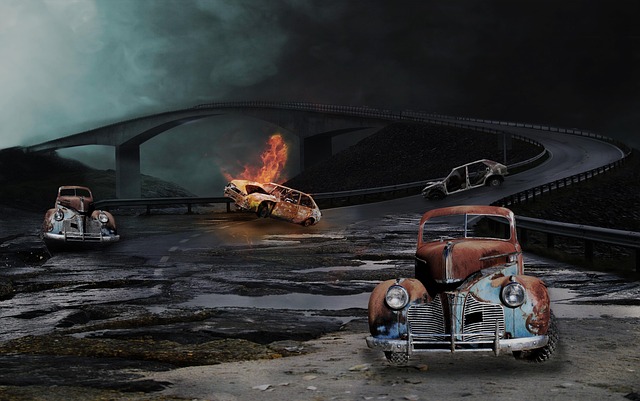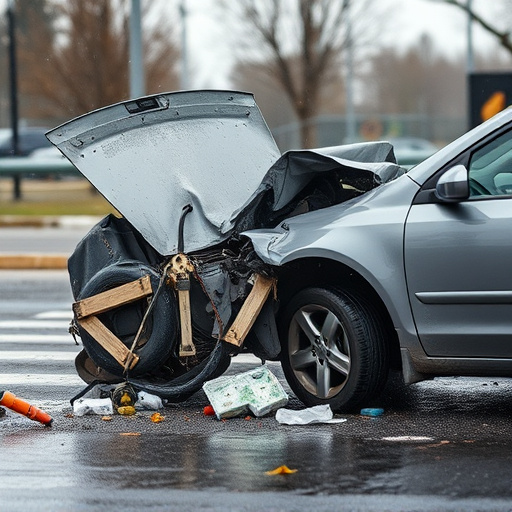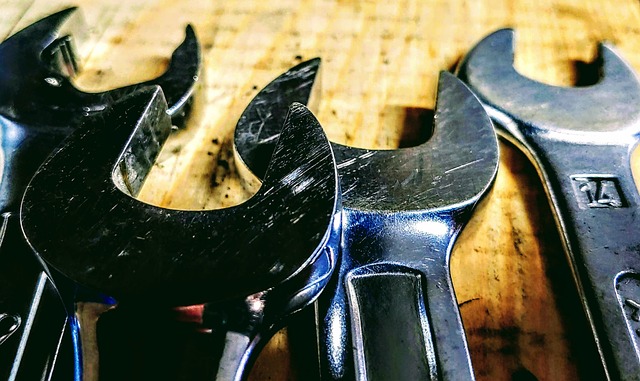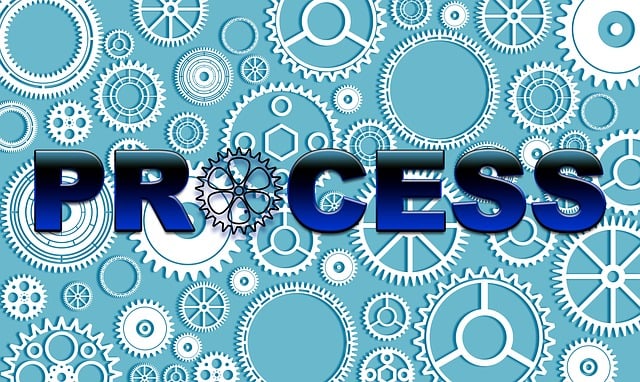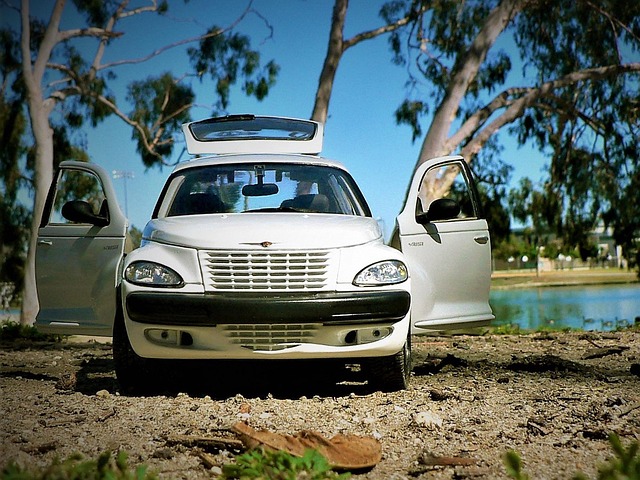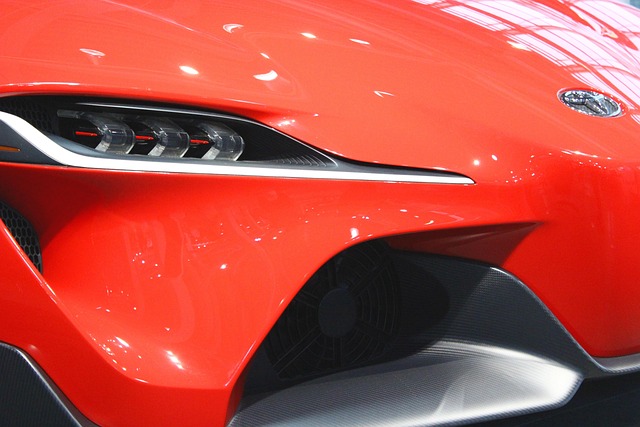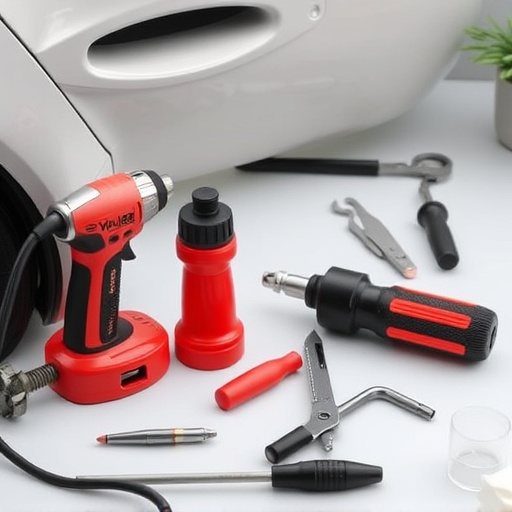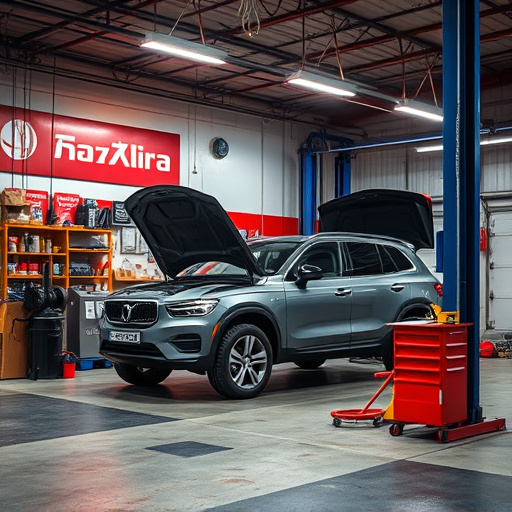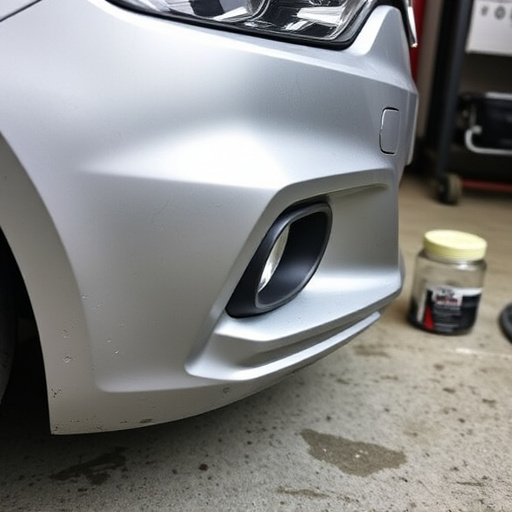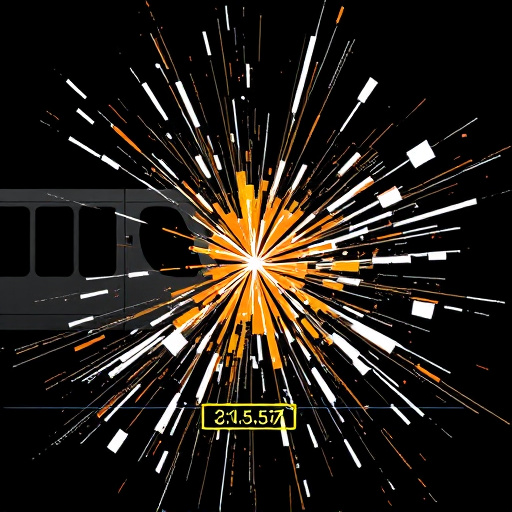A post-repair insurance inspection, conducted by an independent third party, verifies auto body repair quality after significant damage or complex work. To prepare, gather documents, ensure high-quality repairs with matching parts, and understand common inspection criteria. During the inspection, collaborate openly with your insurer, providing documentation and clarifying any uncertainties to achieve a swift and satisfactory resolution.
Navigating a post-repair insurance inspection can be stressful, but with proper preparation, you can ensure a smooth process and potentially speed up your claim. This comprehensive guide delves into the intricacies of post-repair insurance inspections, defining what they are and why they’re crucial in securing compensation for property damage. From understanding common scenarios requiring these inspections to practical tips on preparation, we equip you with strategies to confidently face this process. Learn how to collaborate effectively with insurers, navigate the inspection, and address discrepancies, ultimately securing your rights.
- Understanding Post-Repair Insurance Inspection: Define what it is, its purpose, and common scenarios where it's required.
- Preparation Tips for a Successful Inspection: Guide on what to do before the inspection, including gathering documents, making repairs, and preparing your property.
- During the Inspection: What to Expect and How to Collaborate: Strategies for effective communication with insurers, understanding the inspection process, and addressing any concerns or discrepancies.
Understanding Post-Repair Insurance Inspection: Define what it is, its purpose, and common scenarios where it's required.
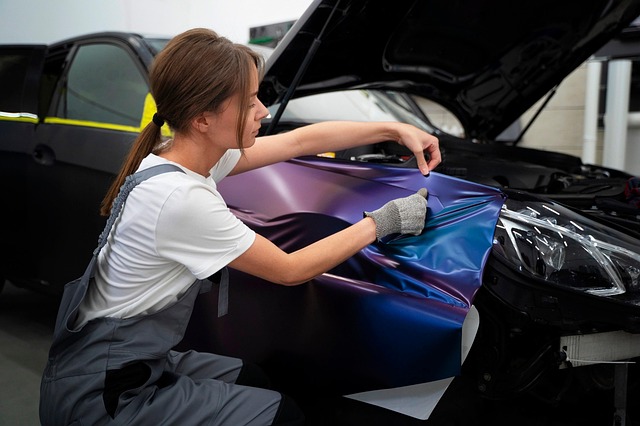
A post-repair insurance inspection is a crucial step after an auto body shop or automotive repair service has been completed. This process involves a detailed evaluation by an independent third party, often an inspector hired by your insurance company, to assess the quality and accuracy of the repairs made to your vehicle. Common scenarios where this inspection is required include total loss claims, significant damage from accidents, or when complex auto body work such as frame straightening or extensive paintwork has been carried out at an auto repair shop.
The primary purpose of a post-repair insurance inspection is to verify that the repairs align with industry standards and the original specifications of the vehicle. It ensures that the auto body work, whether it’s minor dent removal or extensive structural repairs, meets the required quality and safety standards. By doing so, this process protects both the policyholder and the insurance company from potential disputes regarding the scope and adequacy of the repairs, ensuring everyone is satisfied with the outcome.
Preparation Tips for a Successful Inspection: Guide on what to do before the inspection, including gathering documents, making repairs, and preparing your property.
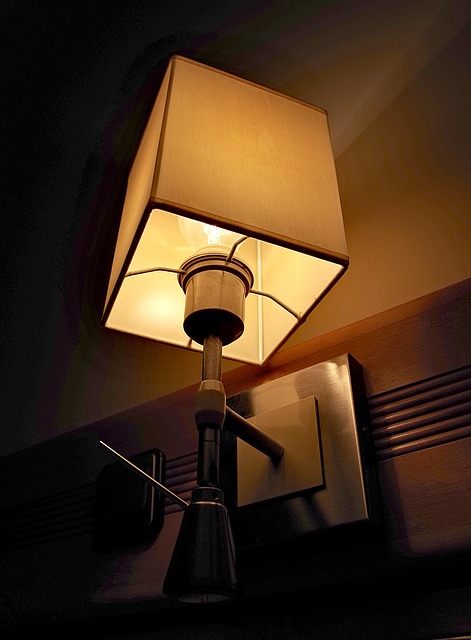
Before the post-repair insurance inspection, it’s crucial to prepare thoroughly. Start by gathering all relevant documents related to your vehicle’s history and the repair process. This includes receipts, estimates, and communication with your insurance company or auto body shop. Organize these records in a neat folder for easy reference during the inspection.
Ensure that any repairs made are completed to a high standard. Double-check that replacement parts match the original specifications, and all work is up to par. Make sure your vehicle is clean and presentable. A well-maintained exterior and interior reflect positively on the repair job and can expedite the insurance claims process. Additionally, familiarize yourself with common post-repair inspection criteria, focusing on both structural integrity and aesthetic restoration, such as in auto body work or vehicle restoration efforts.
During the Inspection: What to Expect and How to Collaborate: Strategies for effective communication with insurers, understanding the inspection process, and addressing any concerns or discrepancies.

During a post-repair insurance inspection for your vehicle or automotive repair, clarity and collaboration are key. Here’s what to expect and how best to engage with your insurer. The process involves a thorough examination of the work performed by the car body shop, focusing on ensuring that all repairs align with the agreed-upon scope and quality standards. Expect questions about specific procedures, materials used, and any unique aspects of vehicle restoration for your particular model.
To ensure a smooth experience, prepare beforehand by gathering documentation related to the repair process. Keep communication open and direct, clarifying any unclear points or discrepancies immediately. If you have concerns about the inspection’s scope or methodology, politely express them and ask for explanations. Effective collaboration not only facilitates a faster resolution but also ensures your satisfaction with the outcome of the post-repair insurance inspection.
Navigating a post-repair insurance inspection successfully requires preparation, clear communication, and a thorough understanding of the process. By following the tips outlined in this article—from gathering necessary documents to addressing concerns during the inspection—you can ensure a smooth experience that facilitates a swift claim resolution. Remember, a well-prepared property and proactive collaboration with insurers are key to achieving favorable outcomes after repairs.
